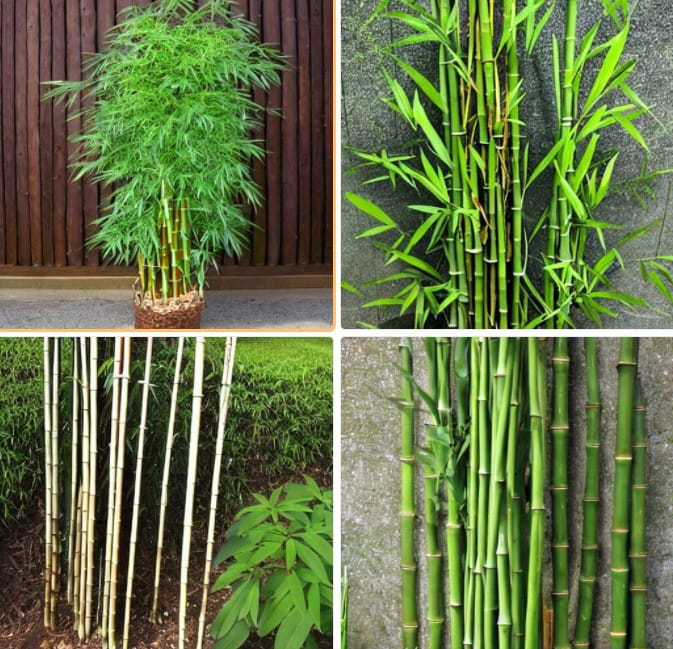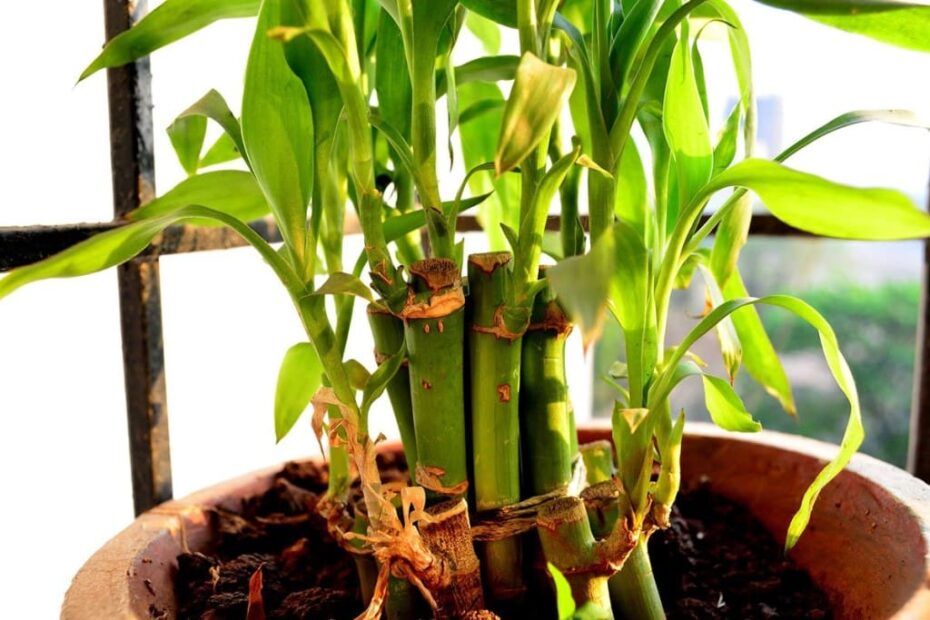Bamboo is a versatile and durable plant that is popular in many gardens and landscapes. It is easy to grow and maintain, and can be used for a variety of purposes, including screens, hedges, and even as a food source. In this article, we will discuss how to plant bamboo, including the best types of bamboo to plant, how to prepare the soil, and how to care for your bamboo once it is planted.
Choosing the Right Type of Bamboo
There are over 1,000 species of bamboo, and not all of them are suitable for growing in your garden. Some types of bamboo are invasive, while others are more delicate and require more care. When choosing a bamboo plant, it is important to consider the hardiness zone of your area, the size of the plant, and the purpose for which you want to use it. Some popular types of bamboo for gardens include Phyllostachys, Fargesia, and Bambusa.
Preparing the Soil
Bamboo grows best in well-draining, slightly acidic soil. It is important to test your soil before planting bamboo to ensure that it has the right pH level. If the soil is too alkaline, you can add sulfur to lower the pH. You should also make sure that the soil is rich in organic matter, as bamboo needs plenty of nutrients to grow.
Planting the Bamboo
When planting bamboo, it is important to dig a hole that is at least twice as wide as the root ball and just as deep. You should then place the bamboo plant in the hole, making sure that the roots are spread out. You can add some organic matter to the hole before planting to help the bamboo establish itself.
Watering and Fertilizing
After planting, bamboo needs plenty of water to establish itself. You should water the bamboo regularly, especially during the first few weeks after planting. You can also add a slow-release fertilizer to the soil to help the bamboo grow.
Pruning and Training

Bamboo can grow very quickly, and it is important to prune and train it to control its size. You should prune away any dead or damaged leaves, and also trim away any branches that are growing out of control. You can also train the bamboo to grow in a certain direction by tying it to a stake or trellis.
Caring for Your Bamboo
Bamboo is relatively low maintenance, but it does require some care to keep it healthy. You should water the bamboo regularly, and also fertilize it every few months. You should also prune away any dead or damaged leaves, and also trim away any branches that are growing out of control.
Controlling Pests and Diseases
Bamboo is relatively resistant to pests and diseases, but it can still be affected by them. You should keep an eye out for any signs of damage or infestation, and take action immediately if you see any. You can use natural pesticides or fungicides to control pests and diseases.
Harvesting and Using Bamboo
Bamboo can be harvested for a variety of uses, including construction, crafting, and even as a food source. It is important to harvest bamboo in the right way to ensure that it will regrow quickly. You should also use bamboo responsibly and sustainably, to ensure that it will be available for future generations.
Conclusion
Bamboo is a versatile and durable plant that can be used for a variety of purposes in the garden. With proper care and maintenance, bamboo can be a great addition to any landscape. By following the tips outlined in this article, you can successfully plant and grow bamboo in your own garden.
Frequently Asked Questions:
The hole should be at least twice as wide as the root ball and just as deep.
Bamboo prefers slightly acidic soil, so if the soil is too alkaline, you can add sulfur to lower the pH.
Bamboo needs plenty of water to establish itself, so you should water it regularly, especially during the first few weeks after planting. Once established, the frequency of watering can depend on your local climate, soil conditions and the size of the plant.
Some types of bamboo can be invasive, so it is important to choose a non-invasive variety and also to maintain it by pruning away any branches that are growing out of control.
You should keep an eye out for any signs of damage or infestation, and take action immediately if you see any. You can use natural pesticides or fungicides to control pests and diseases.
